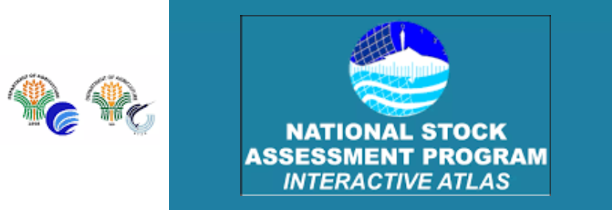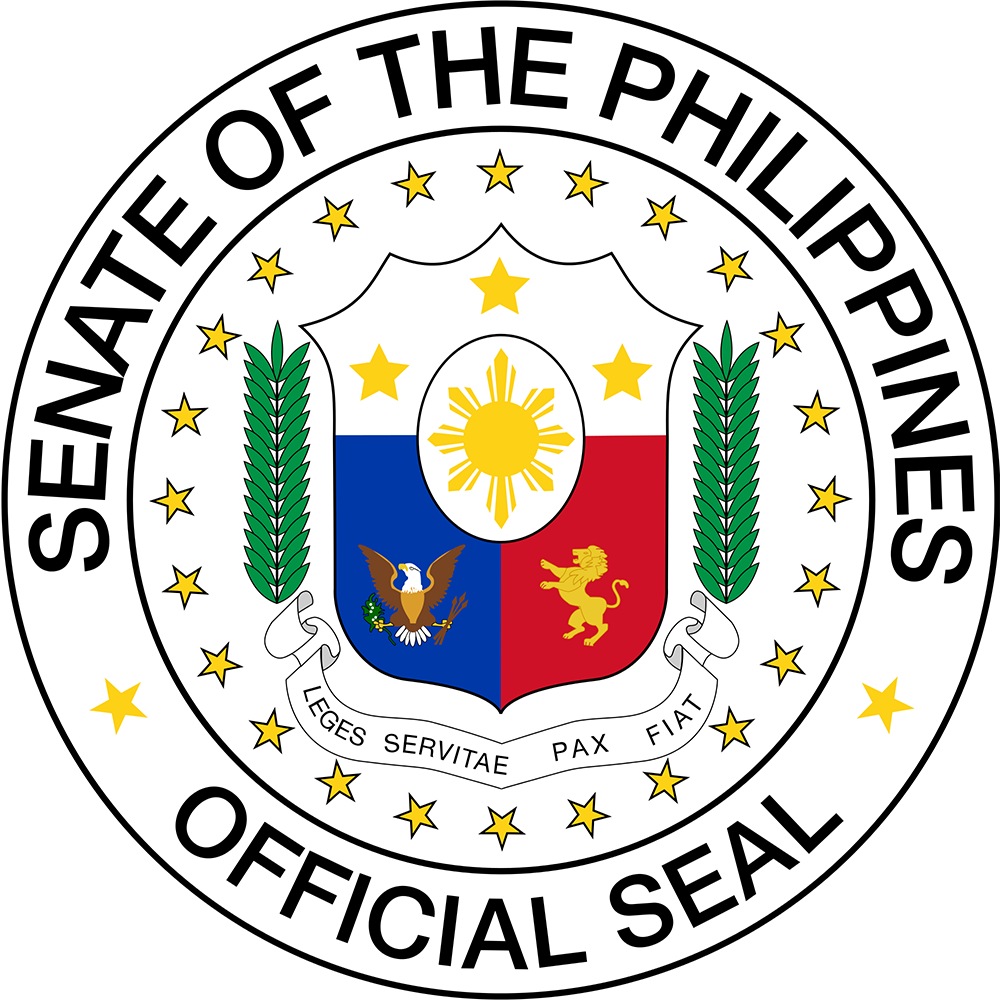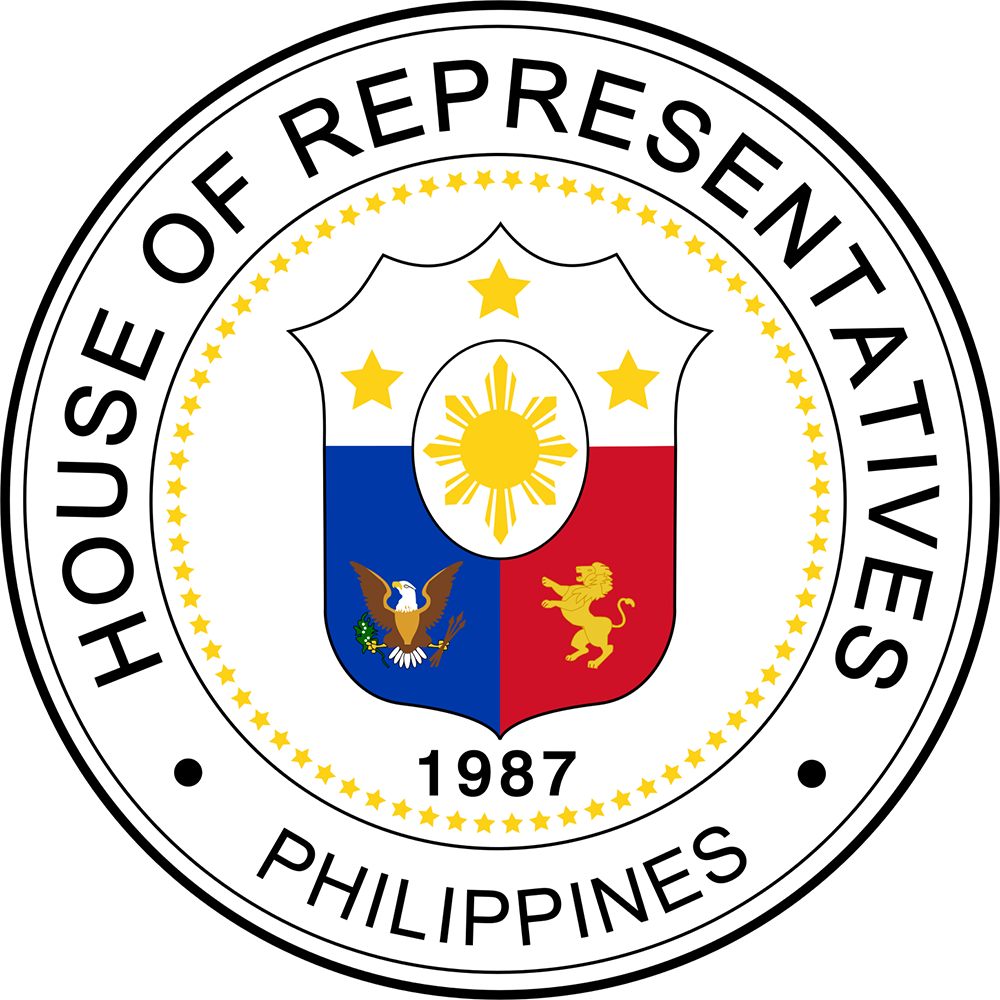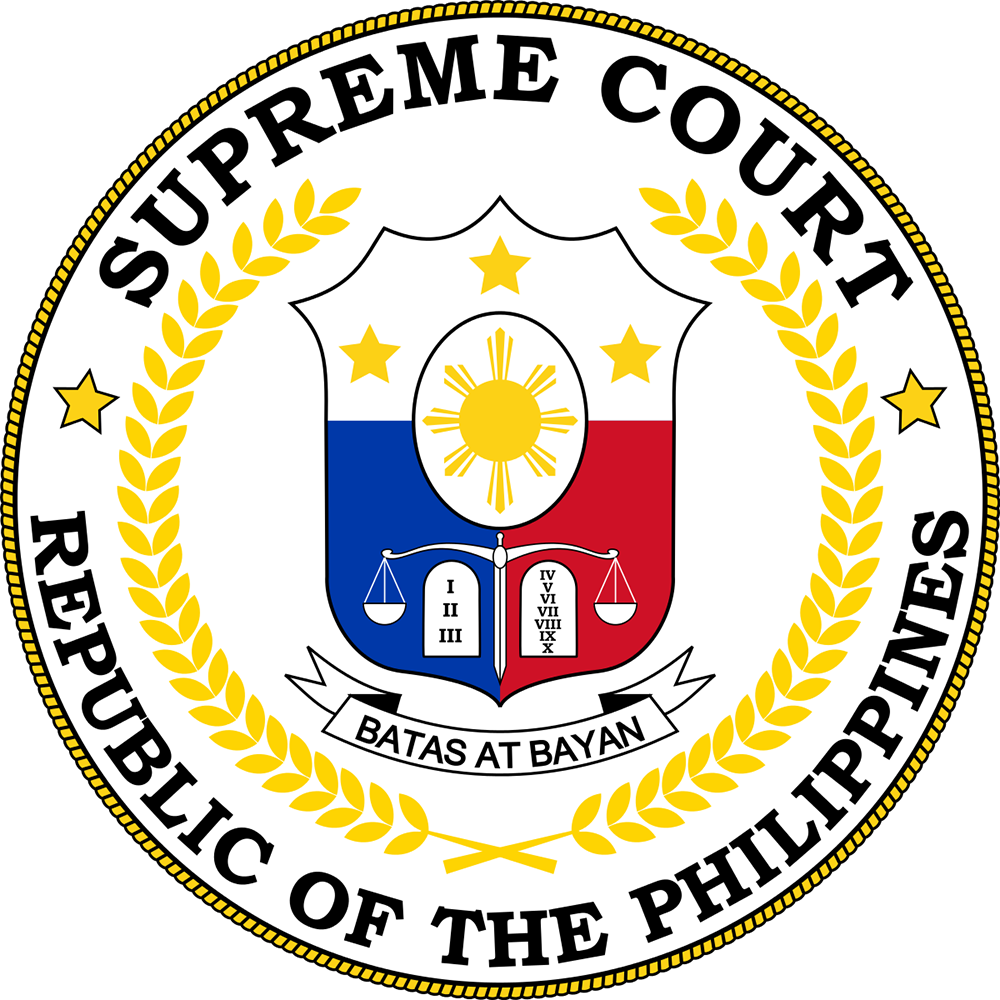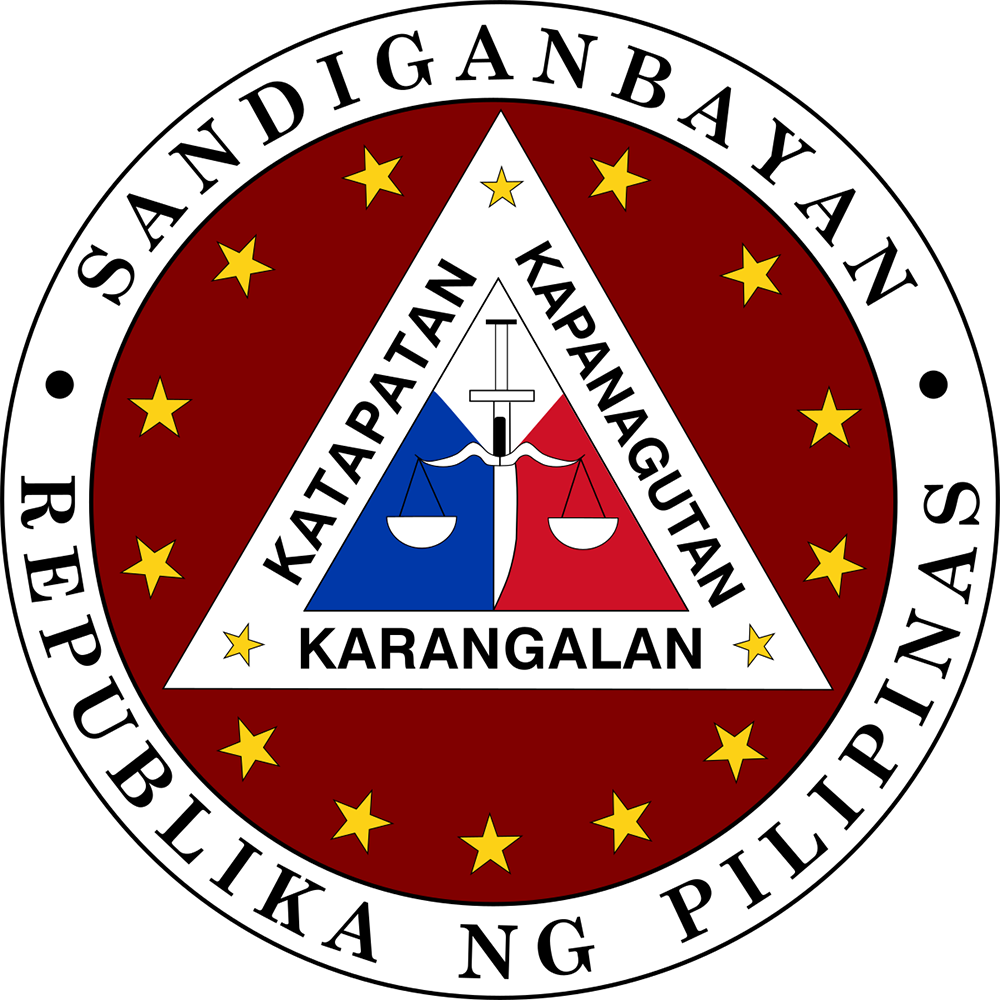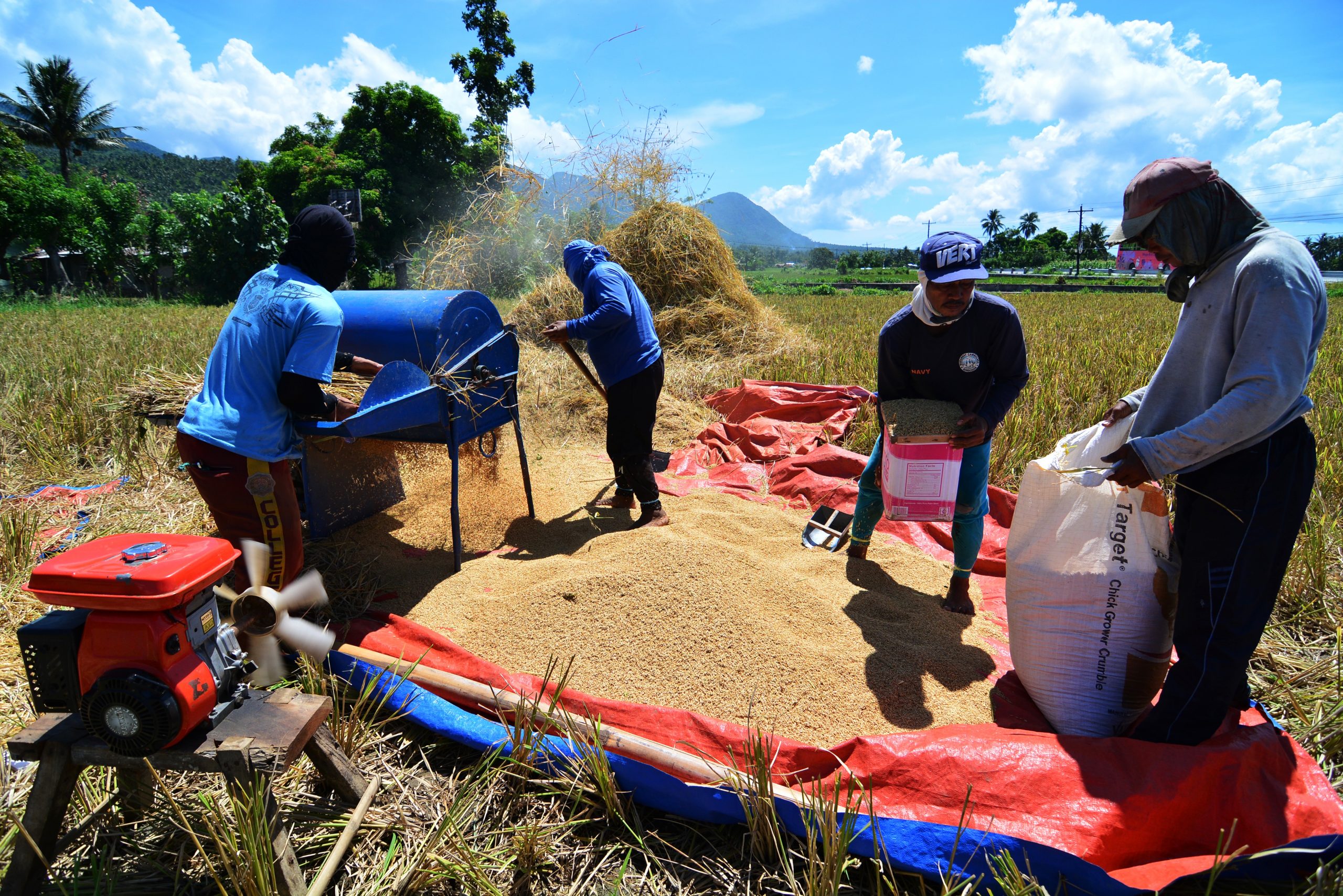
Agriculture Chief William Dar recently signed the Department of Agriculture (DA) Administrative Order 27 that sets into motion the Duterte administration’s farm consolidation and clustering program to attain economies of scale, and enable more farmers, fishers, and agripreneurs produce and earn more from their toil.
“The DA’s Farm and Fisheries Clustering and Consolidation (F2C2) Program is the first formal, comprehensive, and holistic government initiative to be implemented at the national level,” said Secretary Dar.
He signed the DA AO 27 guidelines on August 5, 2020, auspiciously marking his first year of service as the country’s agriculture chief. He said that many countries have long adopted farm and fishery clustering to increase food production levels, improve farmers’ and fishers’ incomes, and provide better access to resources, technologies, and markets for farmers and fisherfolk.
“It’s about time that we catch up with our more advanced counterparts, particularly now when there is an increasing demand for affordable and nutritious food amid the COVID-19 pandemic,” the DA chief said.
Among the farm clusters he cited are: Saemaul Undong or New Village movement, in South Korea; Kibbutzim, in Israel; Keizai Kosei Undo, in Japan; Federal Land Development Authority and Federal Land Consolidation and Rehabilitation Authority, in Malaysia; food estates, in Indonesia; and similar movements in The Netherlands, Finland, Chile, Colombia, Thailand, India, China, and Vietnam.
To kickstart the farm clustering program in the country, Secretary Dar instructed the DA regional directors to identify at least two pilot F2C2 cluster projects, and show that it can be done successfully and profitably.
He also tasked the DA undersecretaries for operations (Ariel Cayanan) and policy and planning (Rodolfo Vicerra) to lead the program’s advisory committee for the F2C2 pilot implementation.
He said the F2C2 program is needed to enable the agriculture and fishery sector to attain economies of scale, and thus achieve cost-efficient production, harvest, processing and marketing operations subsequently increasing farmers’ and fishers’ incomes.
“We will count on the strong support of farmers’ groups and local government units to successfully undertake our joint F2C2 program,” Dar said, adding that the first major challenge is consolidating the country’s fragmented small farm holdings.
The average size of farms in the Philippines has dwindled from three hectares per family/holding in the 1980s to only 0.9 hectare in 2012, according to the Philippine Statistics Authority (PSA).
Eight years ago, when the PSA survey was conducted, it showed the country then had 5.56 million farms, totaling 7.2 million hectares, of which more than one-half (57%) were one hectare and less, one-third or 32% were one to three hectares, 9% were three to seven hectares, and 2% seven hectares and more.
In the fishery sector, the vast majority of Filipino fishers remain tied to very small boats that can only go as far as the municipal water boundaries.
Through the F2C2 program, the Duterte government will be able to efficiently channel assistance such as credit, modern production methods, farm machinery, post-harvest and program facilities, transport and logistics, packaging support, as well as information and communication technologies, to farm and fishery clusters.
Dar said the F2C2 program will focus on community production and processing projects to promote coordinated value chain systems, thus attaining cost-efficiency compared with stand-alone traditional farming and fishing practices.
To avail of projects offered under F2C2, the DA has set minimum clustered area at: 100 hectares for rice/palay, fruit trees, perennials, and fiber crops; 75 hectares for corn and other grains; and 50 hectares for vegetables and high-value crops.
For livestock producers, they must have a feed mill within the production area, while small and large ruminants’ growers must have centrally-managed grazing land and feed production systems.
Free-range chicken and other livestock raisers should have focused and well-delineated community growing territories.
In the case of fisheries and aquaculture, their cluster must have community-based production zones or processing facilities or community fishpond leases.
Cluster production areas must either be contiguous or in close proximity within a village. For areas that are not contiguous, these should be located within a municipality or congressional district.
The DA through its Agricultural Policy and Credit Council (ACPC) will provide farm clusters credit financing, said Secretary Dar.
Clustered farms will also receive other assistance like: scholarships and distance learning programs; and access to modern communication and information technologies (like drones) to improve production efficiency and management. ### (DA StratComms)

